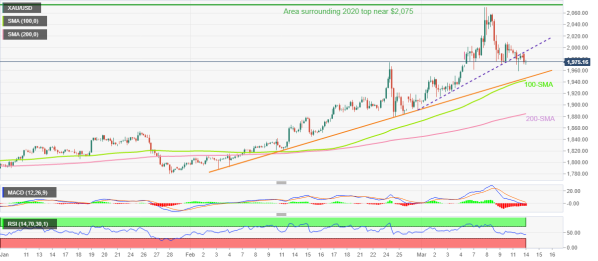
Oil prices shed as much as $4 a barrel on Monday, extending last weeks decline as diplomatic efforts to end the war in Ukraine were stepped up and markets braced for higher U.S. rates.
Brent crude futures were last down by $3.05 or 2.7% at $109.62 a barrel at 0351 GMT on Monday.
U.S. West Texas Intermediate (WTI) crude futures eased $3.10 or 2.8% to $106.23 a barrel.
Both contracts have surged since Russias Feb. 24 invasion of Ukraine and are up roughly 40% for the year to date.
Russia and Ukraine gave their most upbeat assessments after weekend negotiations, suggesting there could be positive results within days.
On Sunday, U.S. Deputy Secretary of State Wendy Sherman said Russia was showing signs it might be willing to have substantive negotiations over Ukraine, even as Moscow was intent on “destroying” its neighbour while Ukrainian negotiator Mykhailo Podolyak said that Russia was “beginning to talk constructively.”Russias invasion, which Moscow calls a “special operation,” has roiled energy markets globally.
“Oil prices might continue moderating this week as investors have been digesting the impact of sanctions on Russia, along with parties showing signs of negotiation towards ceasing fire,” said Tina Teng, an analyst at CMC Markets.
“As markets had priced in for a much tighter supply from February to early March, the focus is shifting to the monetary policy in the upcoming FOMC meeting this week, which could strengthen the USD further, and pressuring on commodity prices,” Teng added.
The U.S. Federal Open Market Committee meets on March 15-16 to decide whether or not to raise interest rates.
U.S. consumer prices had surged in February, leading to its largest annual increase in inflation in 40 years, and is set to accelerate even further as Russias war against Ukraine drives up the costs of crude oil and other commodities.
The Federal Reserve is expected to start raising rates this week, which would put downward pressure on oil prices. Oil prices typically move inversely to the U.S. dollar, with a stronger greenback making commodities more expensive for foreign currency holders.
Brent has already lost 4.8% last week and U.S. WTI fell 5.7%, both posting their steepest weekly decline since November. That was after both contracts hit their highest levels since 2008 earlier in the week on supply concerns after the United States and European allies considered banning Russian oil imports.
The U.S. later announced a ban on Russian oil imports and Britain said it would phase them out by year-end. Russia is the worlds top exporter of crude and oil products combined, shipping around 7 million barrels per day or 7% of global supplies.
“The Russia-Ukraine situation is very fluid and the market is going to be sensitive to developments on this front. Suggestions that parties may be willing to negotiate is likely weighing on prices somewhat,” said Warren Patterson, head of commodity research at ING.
“In addition, growing COVID cases in China will raise concerns over demand. China is seeing its worst COVID outbreak in more than two years. The city of Shenzhen has gone into lockdown, whilst other cities are also seeing tougher restrictions.”
China, the worlds largest crude oil importer and second largest consumer after the United States, is seeing a surge in COVID-19 cases, with daily new case load figures hitting two-year highs. It last reported 1,437 new confirmed coronavirus cases on March 13.
While Chinas case count is far lower than those in many other countries, its “zero-COVID” stance has led government authorities in affected regions such as the southern tech hub Shenzhen and northeastern province Jilin to impose targeted lockdowns, conduct mass testing and suspend public transport to suppress contagion as quickly as possible.


